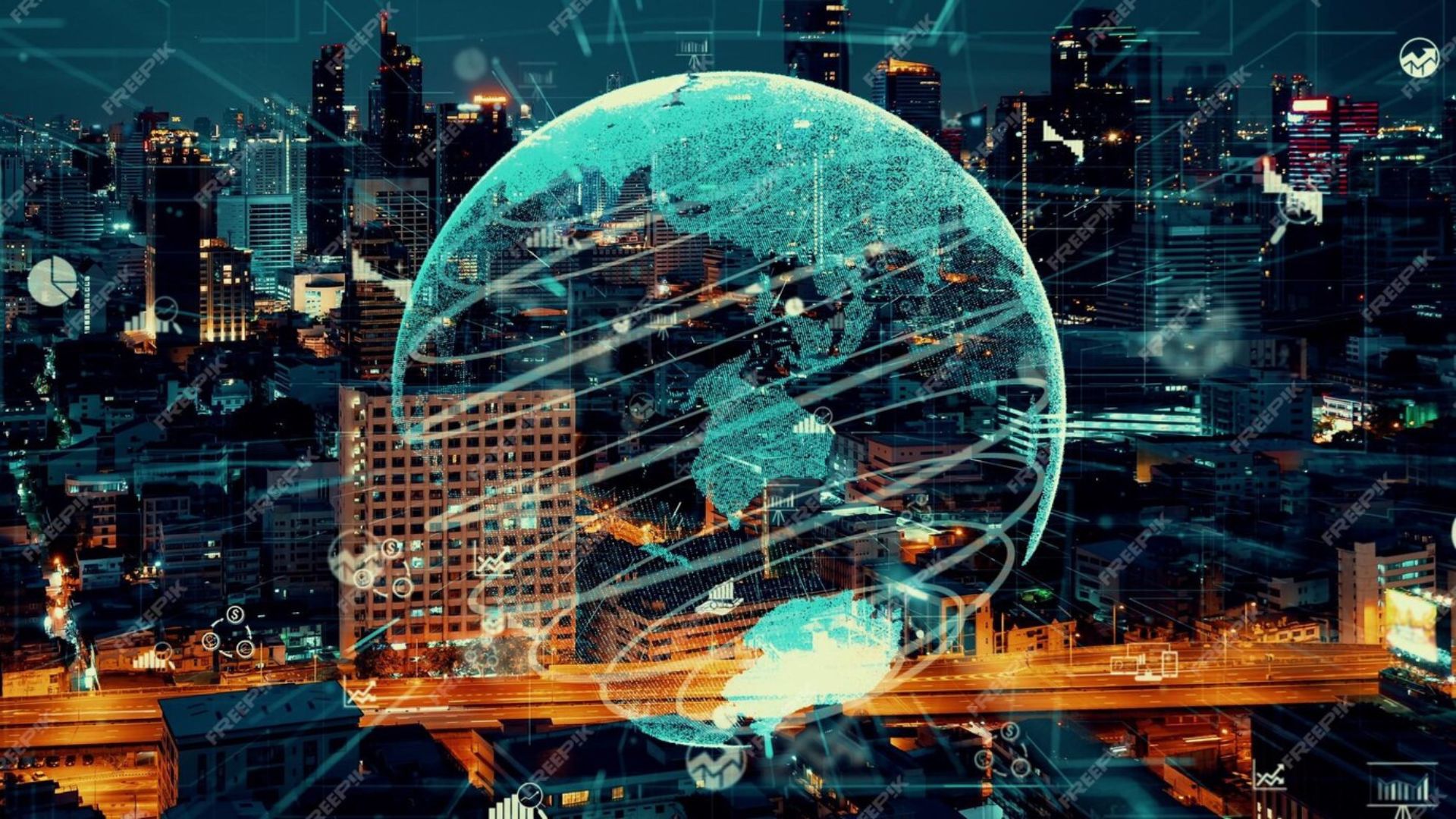Post Preview
Key Takeaways:
- Global technology is rapidly evolving, influencing various aspects of life.
- Emerging trends offer new opportunities and challenges.
- Grasping these trends can assist companies and individuals in staying in front.
Introduction
In today’s fast-paced world, technology is at the heart of everything we do. From how we communicate and work to how we enjoy our leisure time, it is the driving force behind significant advancements and changes across the globe. Recognizing and understanding these global technology trends is crucial for tech enthusiasts and anyone looking to thrive in modern society. Technology improves efficiency, opens up new market possibilities, and encourages inventiveness and originality, transforming it into a vital component of economic growth and development. Insights from thought leaders like Ed Batts Gibson Dunn underscore the necessity of engaging with these technological advancements to maintain an edge in a progressively competitive landscape.
As we move through this swiftly changing digital environment, individuals and organizations must equip themselves with the expertise and abilities to utilize these trends efficiently. Whether you’re a business aiming to optimize operations or an individual looking to enhance personal productivity, tech-savviness has become a prerequisite of the modern age. Let’s delve deeper into how these technology trends are shaping our future.
Technology’s Global Reach
Technology has long been known for its ability to shatter distance barriers and bring people together across continents. It has redefined what it means to be “global,” allowing ideas and innovations to spread faster. This connectivity has ushered in a new era of globalization, where boundaries are blurred, and opportunities for collaboration abound. In the business world, technology facilitates international trade, allowing companies to reach new customers and markets easily. It enables real-time communication, fostering an environment where ideas and strategies can be instantly shared, regardless of geographical distance.
Besides economic impacts, technology also plays a pivotal role in cultural exchange, humanitarian efforts, and global partnerships. As the world becomes more interconnected, it enables the sharing of knowledge and resources globally, paving the way for innovations that address some of the world’s most pressing challenges.
Emerging Trends in Technology
Specific trends are truly transformative among the plethora of technological innovations, shifting the paradigms of what is possible. AI, the IoT, and blockchain technology are leading this wave of change, each contributing uniquely to the evolution of industries and societies. AI is revolutionizing healthcare, finance, and customer service by enabling more personalized and efficient solutions.
Similarly, IoT is increasingly embedded into our daily lives, creating networks of connected devices that streamline operations and improve convenience. Blockchain’s promise lies in its transparency and security, offering a tamper-proof method for recording transactions and verifying identities. These trends are not just shaping industries; they are redefining the very fabric of our digital society.
The Role of AI in Global Advancement
AI extends beyond human limitations, providing opportunities for advancement in numerous sectors. AI-powered tools and systems improve decision-making processes by offering deep analytical insights from complex data analyses. In healthcare, AI is used to pioneer breakthroughs in personalized medicine, enhancing diagnosis and treatment plans tailored to individual patient needs. Meanwhile, in the automotive industry, AI fuels the development of autonomous vehicles, promising safer and more efficient alternatives to human drivers. Beyond practical applications, AI’s influence extends to redefining jobs and skills. As AI continues to automate routine tasks, the demand for new skill sets grows, necessitating workforce adaptation to AI-driven environments.
IoT: Connecting the World Seamlessly
The Internet of Things is gradually permeating various facets of our lives, fostering a seamless and interconnected world. With billions of devices now part of the IoT ecosystem, we are witnessing enhancements in areas ranging from smart home automation to industrial operations. Homes are becoming smarter, workplaces more efficient, and cities more responsive to the needs of their residents through interconnected systems that communicate and react in real time.
However, the expansion of IoT also requires vigilance. With increased connectivity comes the potential for security vulnerabilities, making data protection and privacy paramount concerns. Understanding IoT’s complexities is crucial to leveraging its full potential while mitigating risks.
Blockchain: Beyond Cryptocurrencies
Blockchain technology, commonly linked to cryptocurrencies such as Bitcoin, is discovering innovative uses outside the financial industry. Its secure, transparent, and decentralized characteristics make it suitable for multiple applications, including supply chain monitoring, digital identity validation, and election system protection. By ensuring the integrity and authenticity of records without the need for intermediaries. Blockchain holds the potential to revolutionize industries reliant on trust and verification. This shift towards decentralized systems challenges traditional operation models. Prompting sectors from real estate to healthcare to explore blockchain’s capabilities in enhancing efficiency and reducing fraud.
The Future of Technology in Daily Life
As technology evolves, its impact on daily life grows more profound. Emerging technologies will transform interactions with the world around us, facilitating immersive experiences and lightning-fast communication. Education, too, benefits from technological integration, offering access to quality resources and personalized learning for students everywhere.
Moreover, technology’s impact on healthcare is expected to improve patient outcomes, with innovations like telemedicine bridging the gap between patients and providers.
Adapting to Technological Change
Adapting to technological advancements requires a proactive approach to learning and development. Acquiring new skills in tech-related fields through formal education or self-directed study can provide a competitive edge. Keeping up with new technologies and trends assists individuals and businesses in anticipating shifts and capitalizing on new opportunities.
Conclusion
The rise of global technology trends presents both exciting opportunities and substantial challenges. Embracing these changes requires insight, adaptability, and a willingness to innovate. As we journey through the technological landscape, understanding these trends will be central to harnessing their potential for growth and success. Being prepared and informed is not just about embracing the present; it’s about shaping a future where technology enhances every aspect of life.

